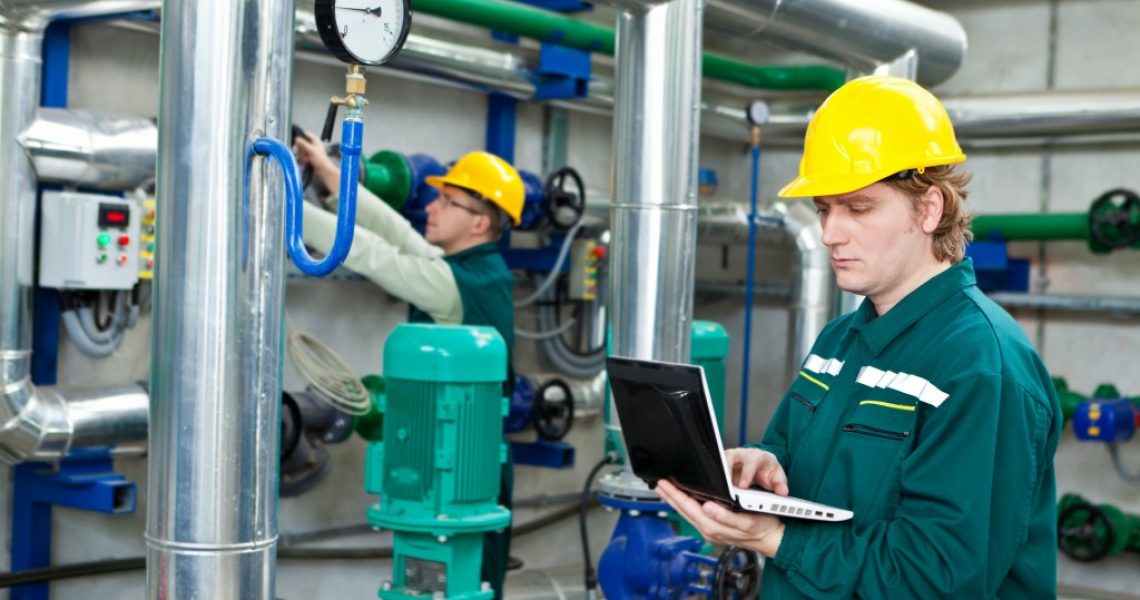Any piece of hydraulic equipment is always an interesting machine. Air-operated pumps are one of the most common that you will see. You may own or may know how to use one, but sometimes you wonder about their mechanics. To know more, read below, and perhaps you will have an idea of how, for example, an air-operated oil drum pump works.
Mechanics
An air-operated pump works via simple physical mechanics. It is simply a machine that transfers liquids. The whole transfer process involves a directional flow. Using a compressed gas (the power source), which is just air, the liquid is displaced from its source to another location.
Pumps are able to operate at any operating pressure. They can deliver a flow that is constant, one at high pressure, or another in a pulsating manner. Usually, air-operated pumps come with electronics to properly sense and control the machine’s parameters.
Uses
Air-operated pumps are very useful in many industries and applications. They are capable of pumping many types of liquids, and they are also used in the transfer of slurry and gasses. Pumps are often used in many chemical and bioprocess industries. Petrochemical, food processing, and beverage companies rely heavily on air-operated pumps.
As with applications, these pumps are used in intermittent pressure and flow applications and pneumatic presses. They are also used in water blasting and cutting and particular metal manufacturing processes such as blanking, forming, and clamping.
General Types
Generally, there are three types of air-operated pumps. These are the air-operated diaphragm pump, bellows pump, and a piston or plunger pump. Each of them works in a unique way, depending on the type of application.
1. Diaphragm Pump
An air-operated diaphragm pump consists of a diaphragm and a reciprocating shaft. The diaphragm connects to the reciprocating shaft on two sides: one side that is in contact with the liquid to be transferred and the other side with the compressed air. Usually, one diaphragm is enough. But pumps with two diaphragms can be more effective in moving highly abrasive and very viscous liquids.

2. Bellows Pump
An air-operated bellows pump is similar to a diaphragm in structure. It has two bellows. One bellow connects to one end of the reciprocating shaft, which is in contact with the liquid, while the other bellow on the other end of the reciprocating shaft connects to the compressed air.
3. Piston or Plunger Pump
This is the most common of all pumps. Coming with a linear stroke, these pumps have bodies that are shaped like a disc piston that slides through a cylinder with the sealing system attached externally, or a plunger that slides through a stuffing box. The piston or plunger pump’s motion actually helps in the volume transfer of the liquid.
Air-operated pumps are indeed machines that operate on a simple hydraulic mechanism. These pumps are very useful in the transfer of many liquid products. It is advisable, though, that when choosing to buy a reliable air-operated pump, consider the manufacturer and the support perks to guarantee quality.

